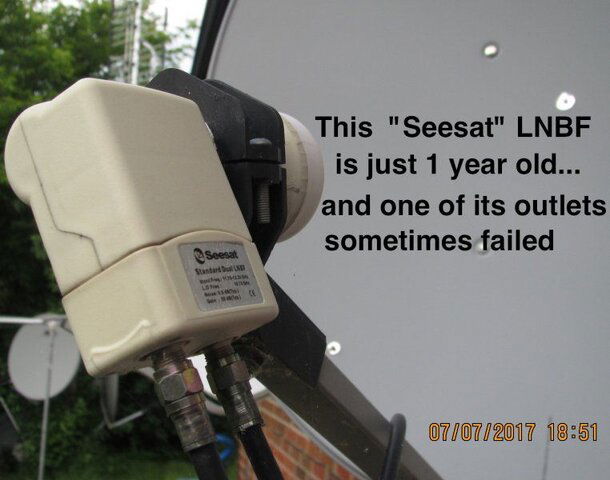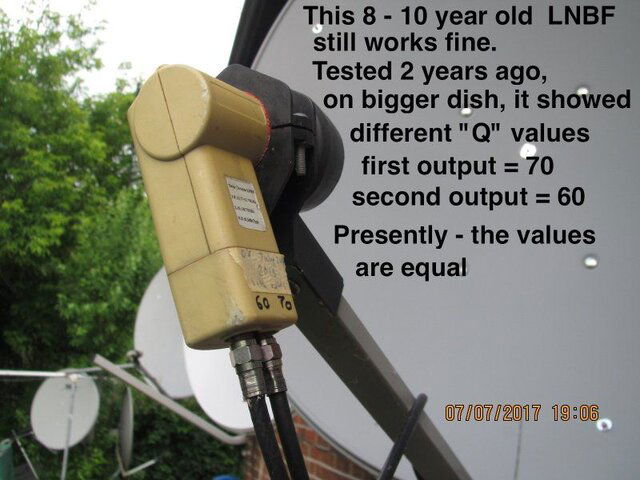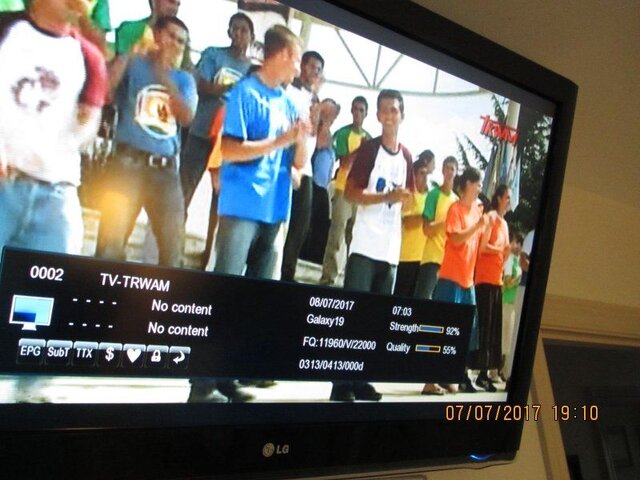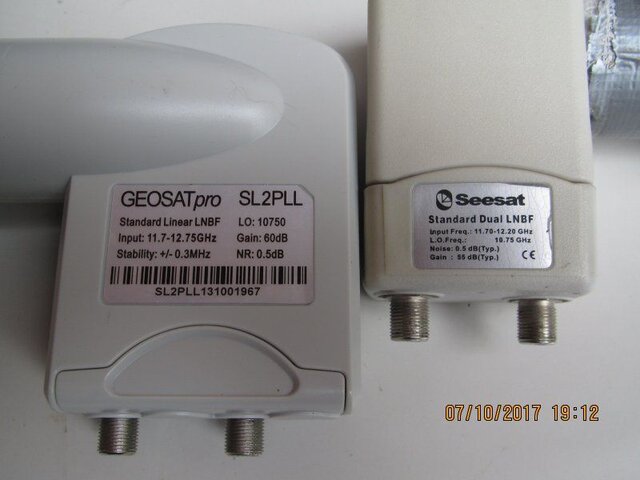A few weeks ago I noticed occasional (intermittent) malfunction of one of 2-outlet LNBF. To confirm that it was LNBF, I swapped the cables on it. After some time, the malfunction showed up on the other receiver (and its TV).
Decided to give chance to older LNBF, which I modified 2 years ago, and sealed its front cap with ...
1-1/2 " shrinkable tubing (I had to stretch the tubing before putting it on LNBF and shrink with heat gun).
Conclusion?
Sometimes the older devices are more reliable than new ones...
Pictures (some annotated) follow :






Decided to give chance to older LNBF, which I modified 2 years ago, and sealed its front cap with ...
1-1/2 " shrinkable tubing (I had to stretch the tubing before putting it on LNBF and shrink with heat gun).
Conclusion?
Sometimes the older devices are more reliable than new ones...
Pictures (some annotated) follow :








